5 Reasons Cobots Will Never Be Completely Safe

Posted on Jan 15, 2021 in Collaborative Robots
5 min read time
Are collaborative robots inherently safe or not!?
Why you told you need a safety fence for a particular cobot application?
We get a lot of inquiries about safety and collaborative robotics. This makes a lot of sense — the whole topic can be quite confusing if you are new to cobots. After all, cobots are often marketed as the safe alternative to industrial robots. You'd be forgiven for thinking that every cobot application is always inherently safe.
People are wondering… if it's a collaborative robot, why do I need safety devices?
The truth is that cobot safety is slightly more complex than it might first appear.
Yes, collaborative robots are a safe alternative to industrial robots. However, they will never be completely safe in all situations.
And there are good reasons to make some cobot applications "less safe"…
Myth: all cobot applications are inherently safe
Cobots are a relatively new addition to the world of robotics. However, they have been around for just over a decade and are now an established option for those businesses who want to use robotic automation.
When they were first introduced, those of us involved in collaborative robotics needed a way to distinguish them from traditional industrial robots. One of the huge benefits of cobots was that they could be used without safety fences or additional security measures. By contrast, most industrial robots still require these safety extras.
The inherent safety of cobots has always been their "headline benefit."
But, just because cobots are safer than traditional industrial robots doesn't mean that they are always safe in all situations.
Now that cobots are more firmly established in the market, it's a perfect time to open up cobots to more applications — like palletizing — which can bring the other benefits besides just safe operations around humans.
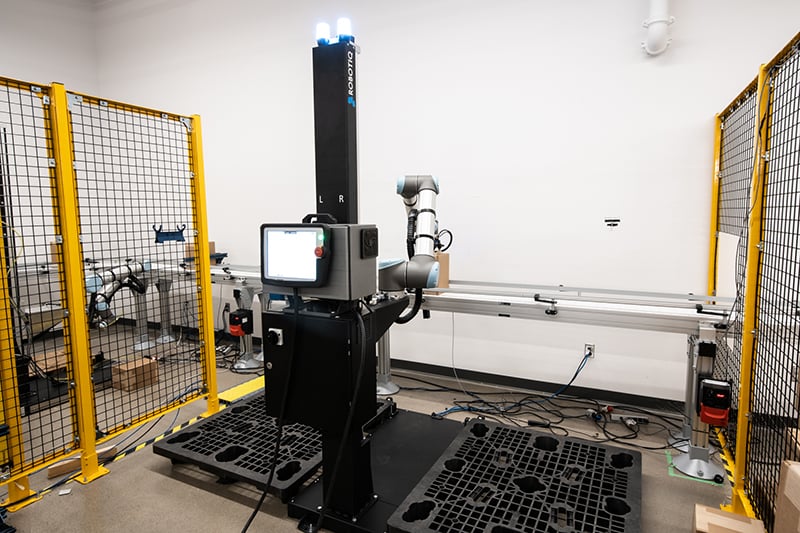
5 reasons that cobots will never be completely safe
Why are cobots not inherently safe in all situations? Well, there are a few reasons.
Here are 5 of the top reasons:
1. The speed-safety trade-off
One of the main methods that cobots employ for their safety is speed reduction. The robot moves slowly which means it will cause less damage if it collides with a human but it also reduces the speed performance of the task. This leads to a speed-safety trade-off — as you increase the robot's speed it becomes less safe around humans and vice versa.
2. Other technology can be less safe
Although the robot itself might be inherently safe, you might need to employ other technology in the application that is less safe. For example, our palletizing solution includes a 7th axis to increase the robot's workspace that doesn't have the same inherent safety as the robot itself.
3. End-of-arm-tooling affects safety
One technology that can often reduce the safety of cobot applications is your choice of end effector. If the robot's tool isn't inherently safe, the whole application is affected. A good example is a welding tool which will always be dangerous whatever the type of robot it's mounted on.
4. The environment can be risky
Sometimes the robot and its accessories all meet collaborative safety standards but the environment itself can affect the safety of the task. Some objects that can affect safety are described in the RIA process for cobot risk assessment (pdf).
5. Risk is a sliding scale
It can be tempting to think of risk as an either/or situation — either your application is safe or it isn't. In reality, risk is a sliding scale and you can never get rid of all risks completely. You can only know the true risk of a particular task by performing an adequate risk assessment. You need to do this whether the robot is collaborative or not.
Truth: cobot safety can be changed to suit task performance
The reality is that cobots have always been high-performance robots suitable for a range of industrial applications. Instead of being lesser robots, as some people mistakenly believe, cobots are often fully-fledged industrial robots with added functionality to make them safer.
These added safety limits include reduced speed mode, reduced force mode, added safety sensors (e.g. tactile sleeves around the robot to detect interactions), etc.
It is possible to deactivate these safety limits. This improves the performance of the robot, allowing it to move faster and apply more force to the task. Some experts believe that cobot safety is too high in the first place.
To compensate, you must add extra security features (like fences or external safety sensors). One reason our palletizing solution requires these is so that it can have better task performance.
Why would you use a cobot over an industrial robot?
You might wonder why you would choose to use a collaborative robot at all if you are going to deactivate the safety features.
Shouldn't you just use a conventional industrial robot instead?
Although inherent safety is the headline benefit of cobots, it's far from being the only benefit.
Other important advantages of using a cobot include:
- Easy programming.
- Quick to deploy and integrate.
- Cost-effective.
- Small and light enough to move around.
By contrast, most industrial robots are hard to program, take a long time and extensive experience to deploy, and are big and expensive.
If you want all of these benefits and the ability to perform even more tasks, like palletizing, you've got a good reason to go for cobots.
How to assess the risk for your next robot application
Your safety requirements will depend on your specific task. Some cobot applications are more safety-critical than others.
The key to creating a safe robot application is to perform a risk assessment.
The best way to get started creating a risk assessment is to download a copy of our free eBook How to Perform a Risk Assessment for Collaborative Robots. It guides you through the process step-by-step, giving you an understanding of the underlying principles with specific examples on how to fill out each section.
With a good risk assessment, every cobot application will be safe even if you have disabled some of the robot's safety features to get a performance boost.
Which of your robot applications would you like with better performance? Tell us in the comments below or join the discussion on LinkedIn, Twitter, Facebook, or the DoF professional robotics community.


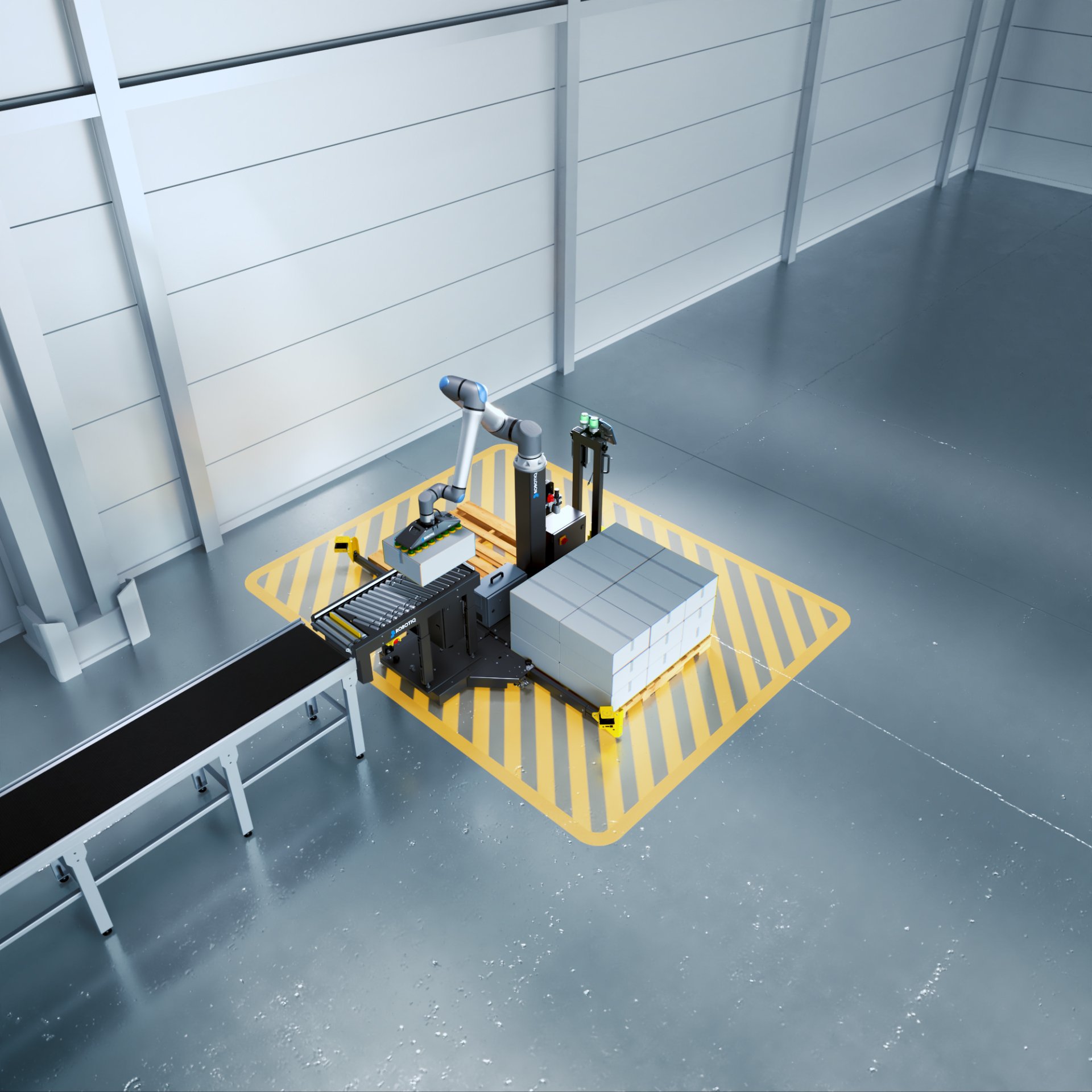

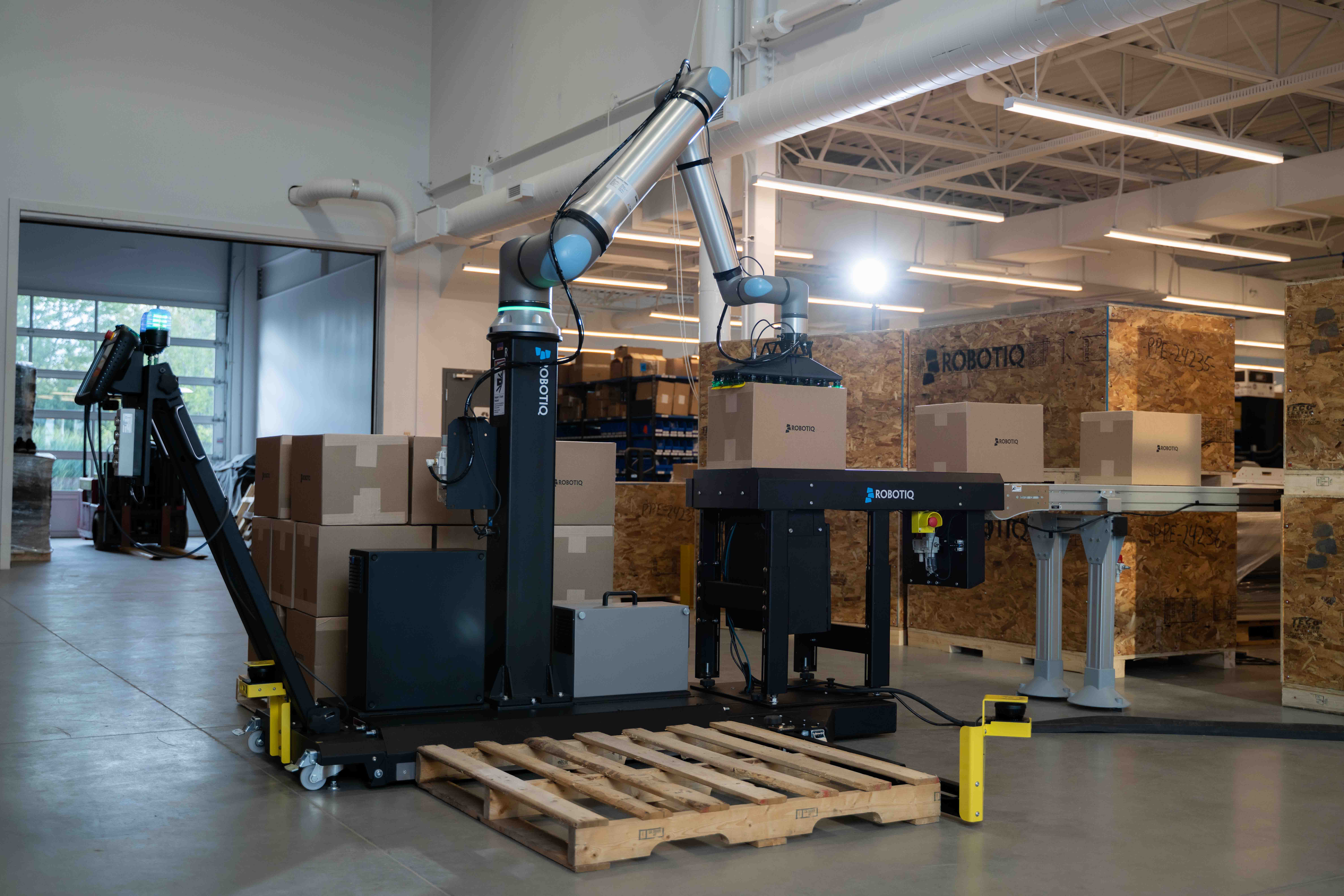
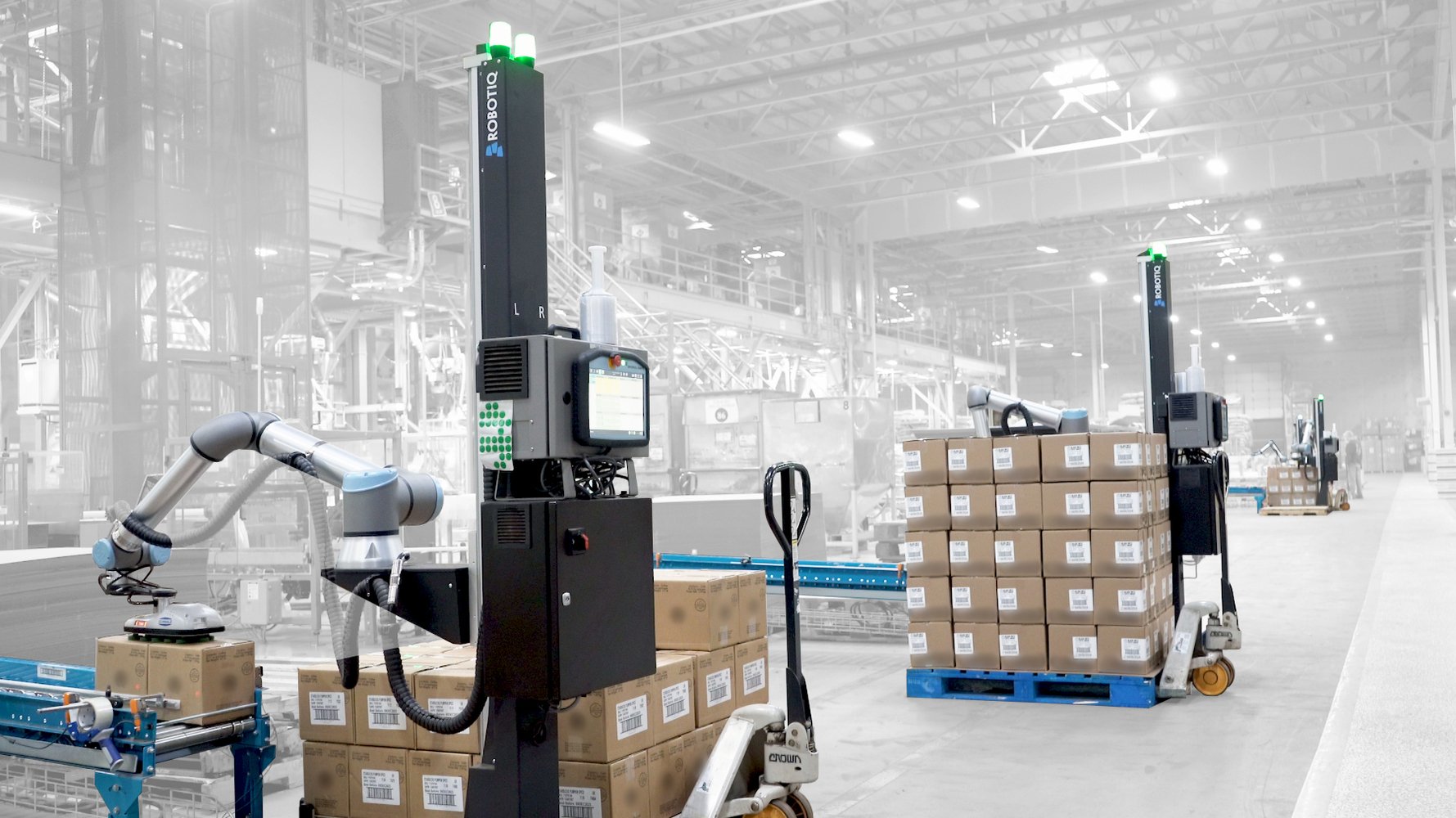
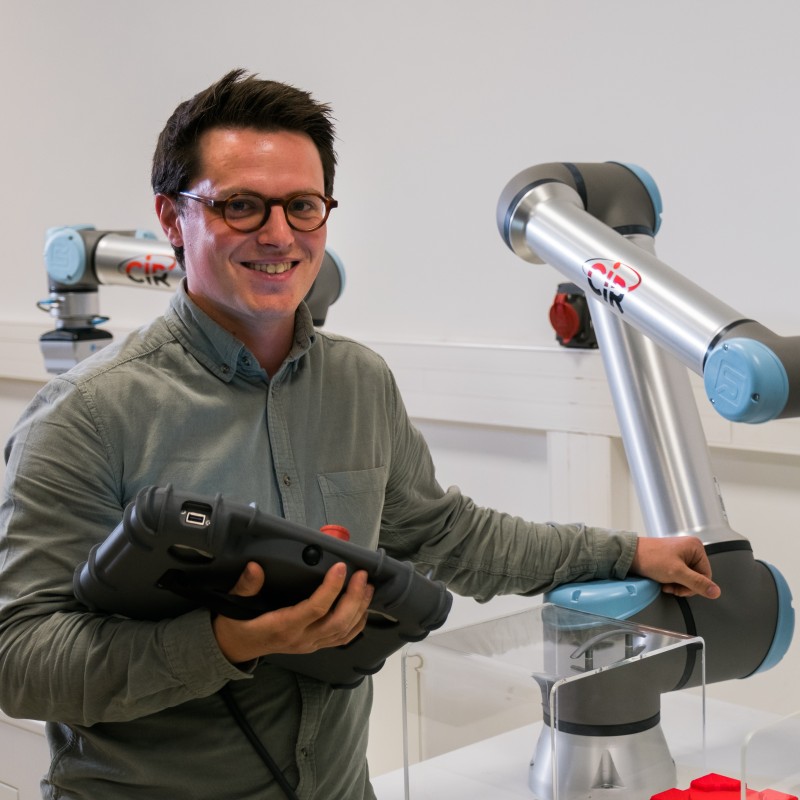
Leave a comment